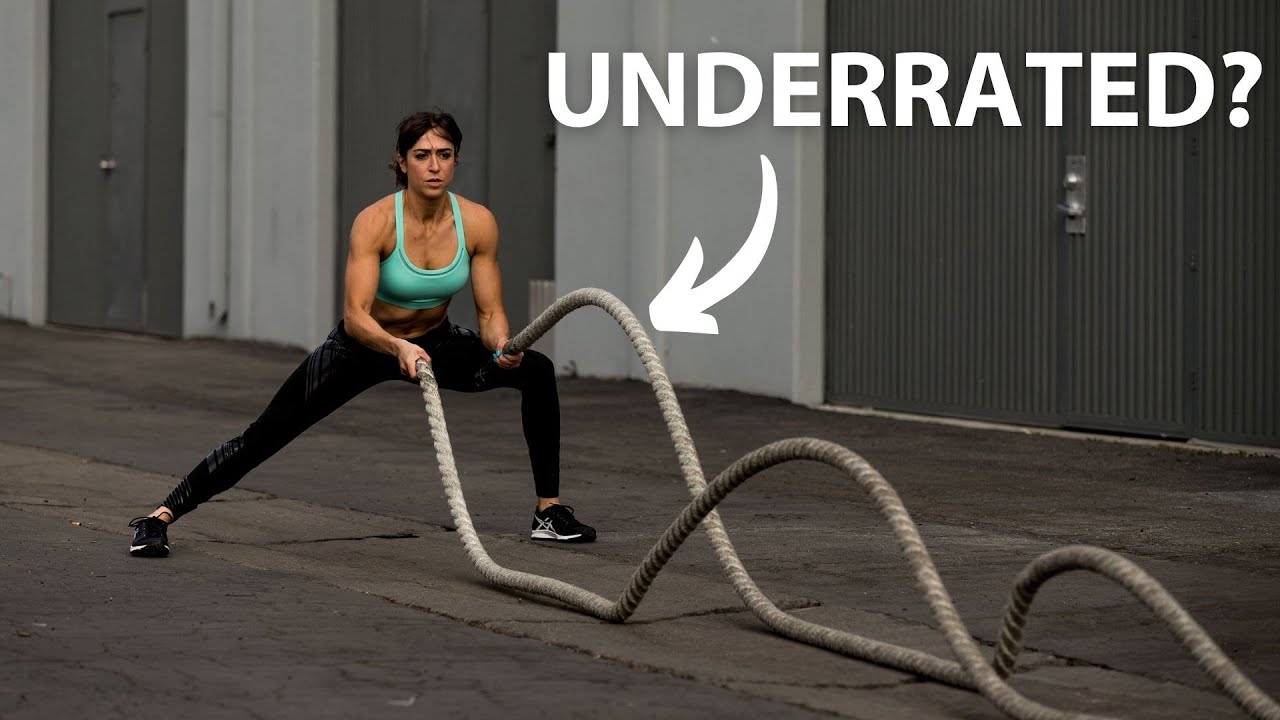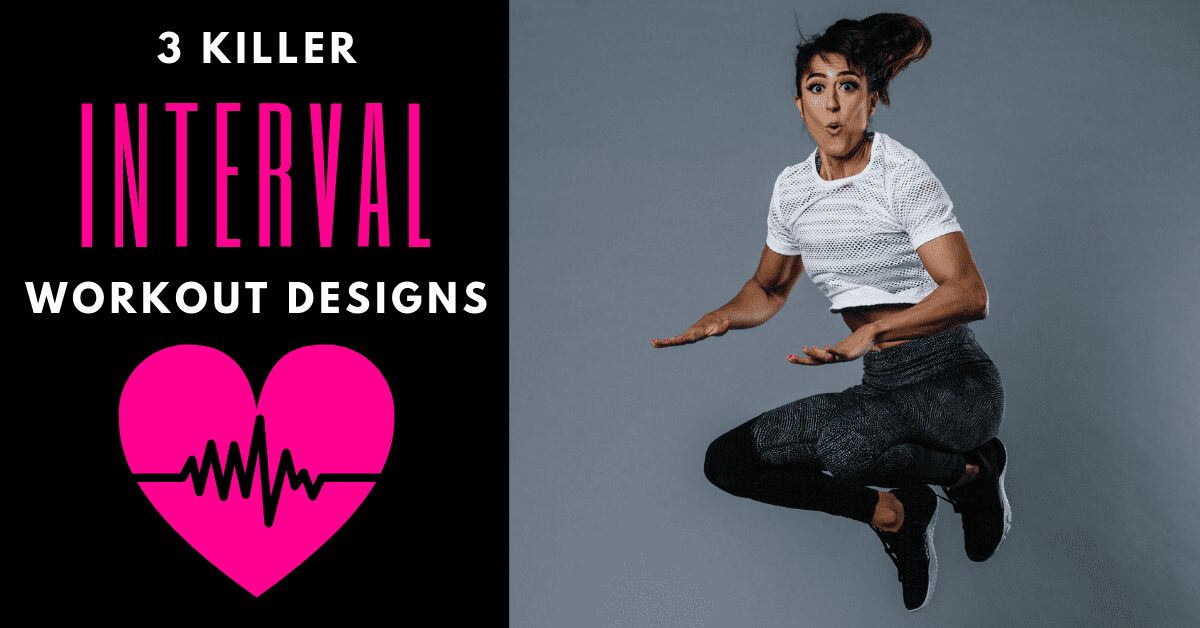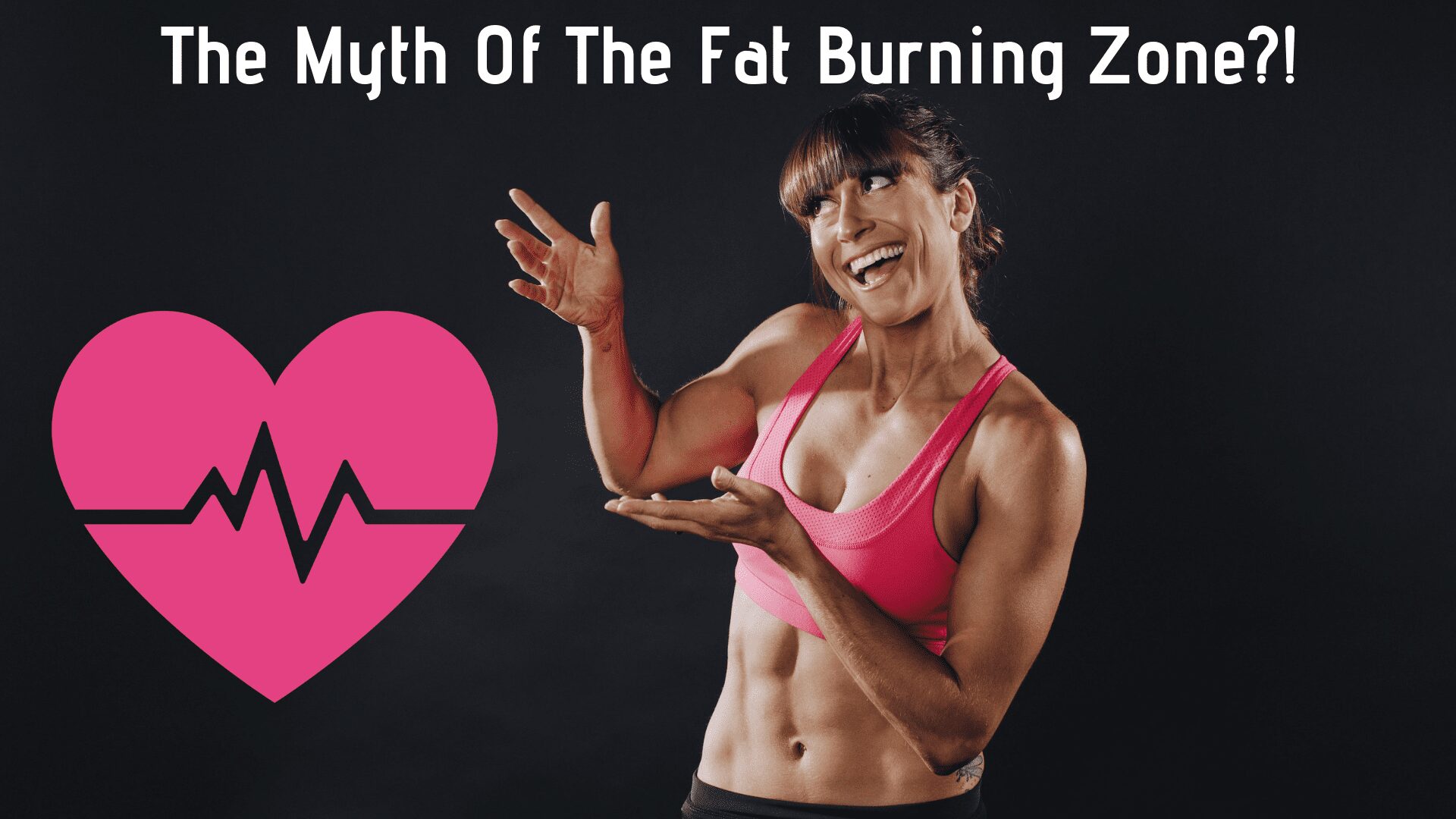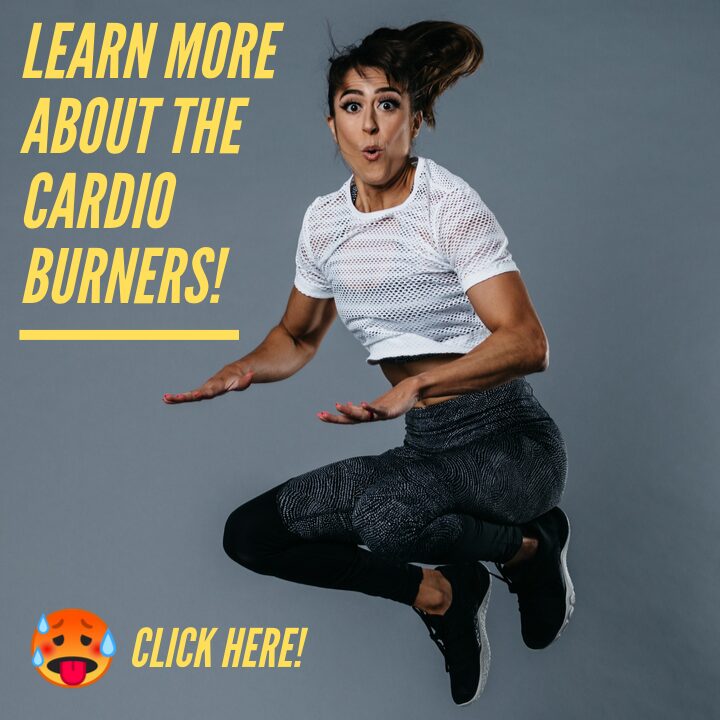
5 Things Nobody Tells You About Cardio
How does cardio actually impact your fat loss or muscle gains?
In this video I’ll go over 5 things no one tells you about cardio and the impact it has on your results.
Because cardio can sabotage your results based on how you include it!
And, at the end of the video, I’ll not only share the most underutilized but essential form of cardio to include to achieve body recomp results but show you how to adjust your workouts to see better results faster!
Hey guys it’s Cori from Redefining Strength where we help you feel, look and move your best at any and every age.
If you’re working to lose fat, or even gain muscle, there are 5 key things you need to know about cardio so you don’t end up working super hard to not achieve the results you deserve.
And while yes, diet is of course essential, especially if you want to lose fat, at the end of the video.
I’ll go over how to adjust your workouts to see better results FASTER as well as share the most underrated and underutilized form of cardio to see amazing body recomp results!
But also I do want to note, this isn’t telling you to avoid steady-state cardio especially if you love your endurance sport.
However, it is key we do understand the ups and downs of including specific workouts in our routines especially when we have other goals we want to achieve!
Often, when we want to lose weight, we turn to cardio to burn more calories. And while often those cardio sessions do burn more calories in the single session than strength workouts do, what you don’t know is that….
#1: Cardio can actually cause you to burn FEWER calories over the course of the day.
We have to remember that our workouts are only a small portion of the calories we actually burn over the course of the day.
And while, if you’re just starting out with training after not training at all, working out can help create a calorie deficit through extra movement without even changing your diet, your body adjusts over time.
It’s why you get stronger or faster and can run further without feeling tired.
But it also means you’re burning fewer calories with each session.
It’s why dietary adjustments are key, but I’ll go over more on this later.
If you keep pushing the intensity of your cardio training, and are in a calorie deficit, you may find you become so fatigued you move less during the rest of the day.
This lack of non-exercise energy expenditure can actually really DECREASE the overall calories you burn each and every day even while continuing to try to push your training sessions.
Basically our body can try to “compensate” for the extra calories burned by conserving energy as much as possible at other points in the day.
Not to mention, steady-state cardio can be catabolic to muscle mass.
More muscle means more calories burned at rest.
By performing steady-state cardio while in a calorie deficit to lose weight, we can end up losing more muscle which means, again, fewer calories burned at rest.
So just note, that while you may think you need more cardio to burn more calories, this attitude toward training may actually slow your weight loss results.
Not to mention negatively impact your attempts to gain muscle and build strength!
While it is possible to lose fat and gain muscle at the same time, you do want a primary focus.
And if your main focus is to achieve body recomposition by gaining muscle while staying lean, trying to include more cardio may be negatively impacting your results.
Simply put – #2: Cardio can impact your strength gains.
What we prioritize in our workout routine, gets the best of our focus and our intensity.
If you put cardio first in your training, you are going to go into your strength work more depleted. You won’t be able to push as hard as you’ll be tired. And you won’t recover as well between sets.
Our ability to push hard with those lifting sessions to create progressive overload is key if we want the best muscle hypertrophy results.
Put strength work first, when you are freshest, and you’ll see the best muscle building results.
And then as I mentioned earlier, dietary adjustments are key.
Studies have actually shown that #3: Cardio doesn’t actually improve weight loss over dietary changes alone.
While training in general can help with long-term maintenance, you don’t need to train at all to lose weight.
We need to stop trying to out exercise our diet – We need to stop seeing our workouts as a chance to burn calories.
Instead we need to be strategic in how we fuel, while being conscious of our daily energy expenditure.
If we actually want to burn more calories each and every day, we should shift our focus to building muscle.
This means we’re burning more calories during training, and building the lean muscle mass.
More muscle means a higher resting metabolic rate and more calories burned at rest
So if you want better, lasting weight loss results, you want to focus even more on strength work.
And then don’t ignore this often overlooked form of cardio….WALKING!
I’ve mentioned you need to include more strength work and that cardio can fight against your muscle and strength gains.
However not all forms of cardio are created equal and by including more WALKING, you can avoid detracting from your other training sessions while increasing your daily energy expenditure to aid in better fat loss results!
Because walking doesn’t make us feel destroyed or worn out, we often overlook the value of this extra NONSTRESSFUL activity in our day.
But it can actually help us recover faster from hard training sessions and give our body, and mind, a chance to rest and rebuild as we are staying even more active during the day.
So consider even just a 15 minute extra walk in your day.
And if you are super close to your desired leanness level, even consider including the walk right after the strength session that targeted those stubborn areas you’re struggling to lose from!
We also have to remember that, not only are there different forms of cardio, but our #5: workouts don’t have to be just cardio or strength!
Ever get out of breath doing heavy lunges or higher rep squats?
Workouts don’t have to be just cardio OR strength.
There truly is a spectrum we can build our training sessions off of with steady state long distance endurance cardio workout on one side and 1 rep max lifting on the other.
All of these workout designs along this spectrum are working our cardiovascular system in different ways!
And, in that middle, there are so many different workouts designs we can use that are both cardio and strength.
Workouts that improve our conditioning while also helping us build lean muscle.
Try including a single heavy lift first to start your workout with longer rest periods to focus on those strength gains followed by a circuit with accessory lifts and shorter rest periods to elevate your heart rate more!
Doing things like this can improve your conditioning and even your recovery.
You will also find that workouts that are more metabolic strength focused may really benefit you if you are an endurance athlete!
Cori Hack:
There are so many ways to design those strength workouts to match your specific needs and goals. And you can design for the time you REALISTICALLY have over just trying to find some ideal training schedule.
3 days a week? You can make that work!
Just focus more on full-body workouts over body part splits!
And because there are really 5 key things you can do to adjust your strength workouts for better fat loss results, I want you to check out my Weight Training For Fat Loss video next. I’ve linked to the video below:
–> Weight Training For Fat Loss
Just remember, everything you include in your workout routine should be used strategically based on your needs and goals, not just to try to burn more calories or make you more fatigued.
Whether your goal is weight loss or building muscle, make sure you’re dialing in your workouts and your diet to work together!
STUDIES:
https://www.sciencedirect.com/science/article/pii/S0960982221011209
https://pubmed.ncbi.nlm.nih.gov/34453886/
https://pubmed.ncbi.nlm.nih.gov/34816627/
https://pubmed.ncbi.nlm.nih.gov/34334719/
Beneficial videos to watch next…
Weight Training For Fat Loss (5 Tips)
Benefits Of Walking
Meal Plan To Lose Fat Faster








